Huawei P30 Pro Teardown Shows 1 Percent Of Its Parts Come From The U.S
Anita - Jul 01, 2019
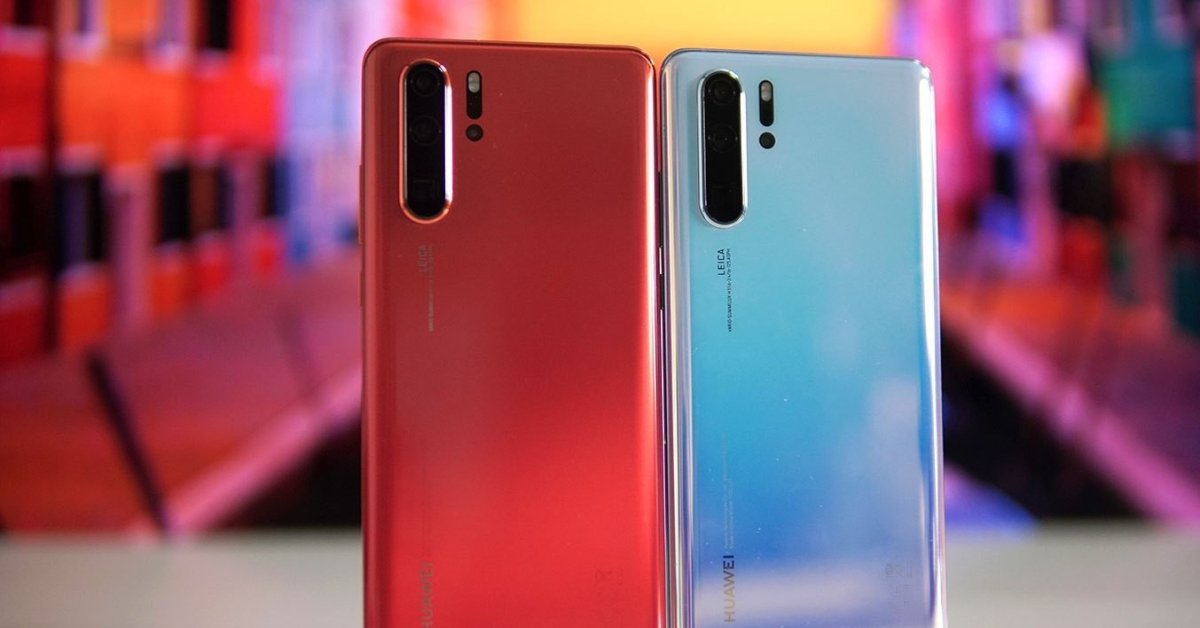
Even though only a small amount of the internal parts in the Huawei P30 Pro are made in the US, they are accounted for a significant share of the overall productional cost.
- OPPO Reno 14 Series Hits India: Launch Date, Cameras, and Specs
- Huawei Band 10 Launches in India with Advanced Health Tracking Features
- After Windows Replacement OS, Huawei Set to Launch "Kirin X90" Chip for PCs to Replace Intel
Since U.S President D. Trump blacklisted Huawei Technologies, the number of components that Huawei can buy from the U.S companies has significantly declined. So how will the Huawei P30 Pro, the flagship had been launched before this saga began, be affected?
Recently, Nikkei has carried out a teardown of the Huawei P30 Pro, which reveals that 0.9% of the P30 Pro’s components are made in the U.S. In other words, 15 out of the total of 1,631 parts are from the U.S.
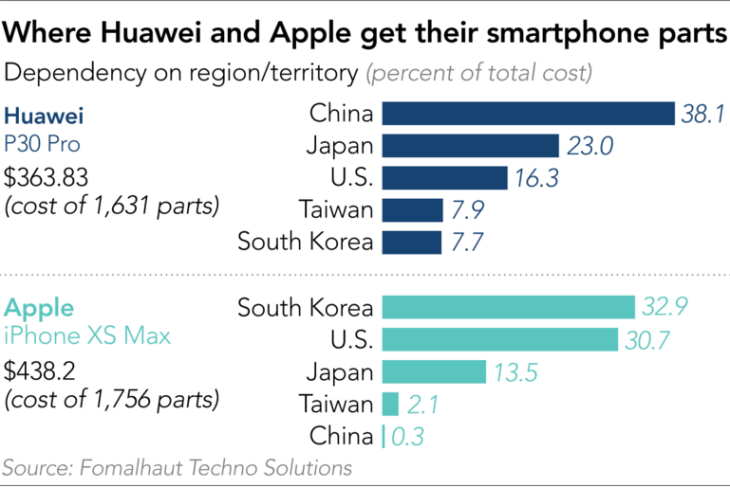
However, these parts took up 16.3% of the overall production cost or US$59.36 (roughly Rs. 4,000) out of US$363.83 (roughly Rs. 25,000). Some of the more typical parts from the U.S listed in the P30 Pro teardown are Micron’s DRAM, communication semiconductors of Qorvo and Skyworks, and Corning’s Gorilla Glass.
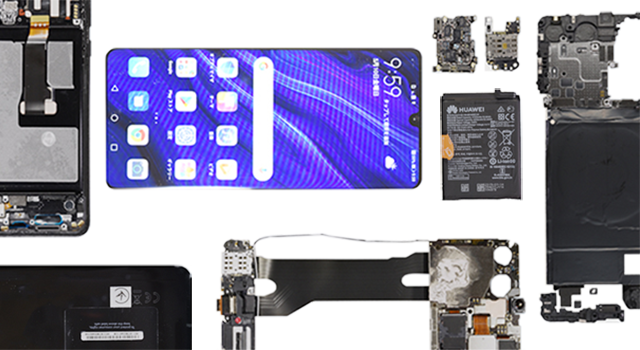
It remains unknown whether the Chinese tech giant has changed all the P30 Pro’s components due to the U.S trade ban. However, it was said to have already stockpiled components before being blacklisted to the U.S Entity List. Also, some U.S firms are reported to be taking advantage of a legal loophole to continue to sell parts to Huawei.


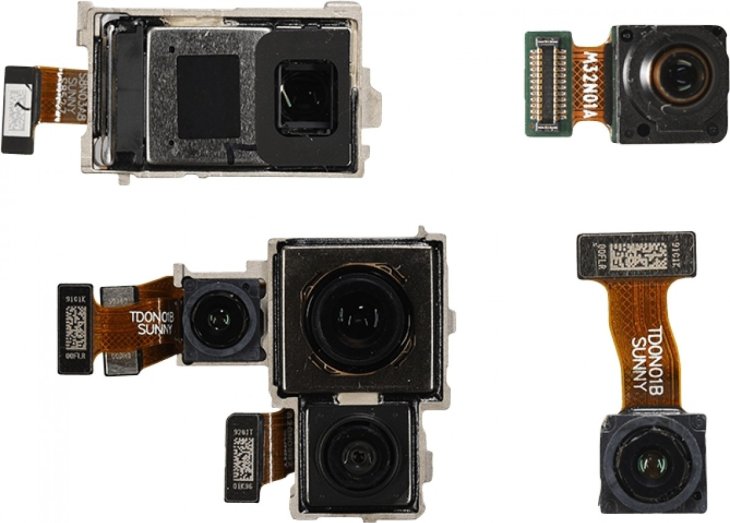
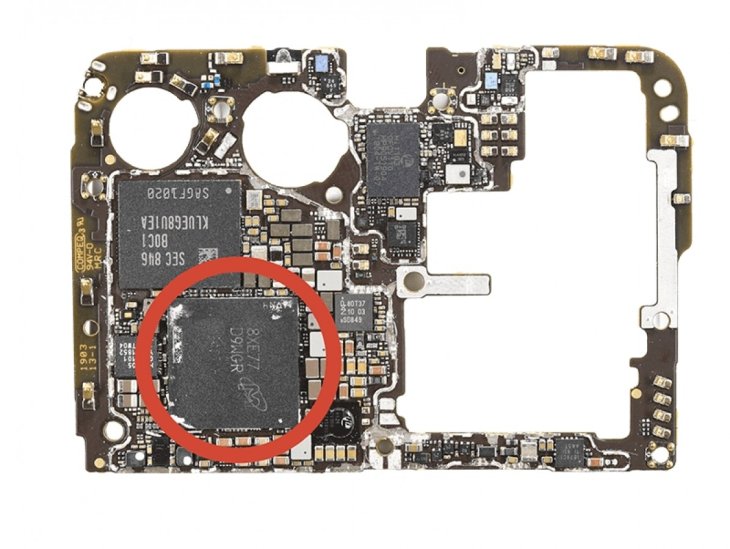
In any way, the U.S parts obviously account for a small percentage of the total Huawei P30 Pro’s components. However, these part are quite valuable, therefore, the Chinese tech giant will need to develop its own parts or seek alternative suppliers in case the trade ban is still valid and the legal loopholes are sealed.
For further information, as per the Huawei P30 Pro teardown, the phone is powered by a Chinese chipset built by HiSilicon, a Huawei’s subsidiary. While the NAND flash memory is from Samsung, the sensors are made by Sony. In addition, the handset’s lithium-ion battery is from Hong Kong and the antenna duplexer are developed by Kyocera and other Japanese firms like TDK.
Featured Stories

Mobile - Oct 23, 2025
How Casual Games Are Winning the Mobile Attention War
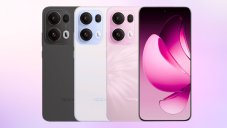
Mobile - Jul 03, 2025
OPPO Reno 14 Series Hits India: Launch Date, Cameras, and Specs
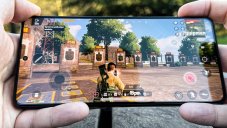
Mobile - Jun 12, 2025
Best Gaming Phones 2025: Top Devices for Mobile Gaming

Mobile - Jun 12, 2025
Vivo T4 Ultra Debuts with MediaTek Dimensity 9300+ Chipset

Mobile - Jun 08, 2025
Realme GT 7T Review: Power Meets Endurance in Controversial Style
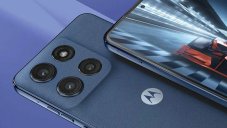
Mobile - Jun 08, 2025
Motorola Edge 60 Set to Debut in India This June
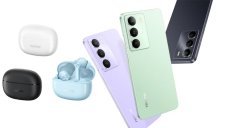
Mobile - Jun 07, 2025
Realme C73 5G Launches in India: Budget 5G Phone Starts at ₹10,499
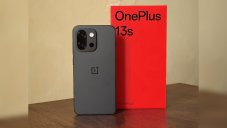
Gadgets - Jun 07, 2025
OnePlus 13s Makes Indian Debut: Compact Flagship Brings Premium Features at...
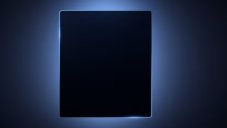
Mobile - Jun 04, 2025
Samsung Galaxy Z Fold 7 Ultra: The Next Chapter of Premium Foldables
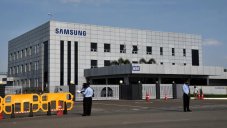
Mobile - Jun 02, 2025
Comments
Sort by Newest | Popular